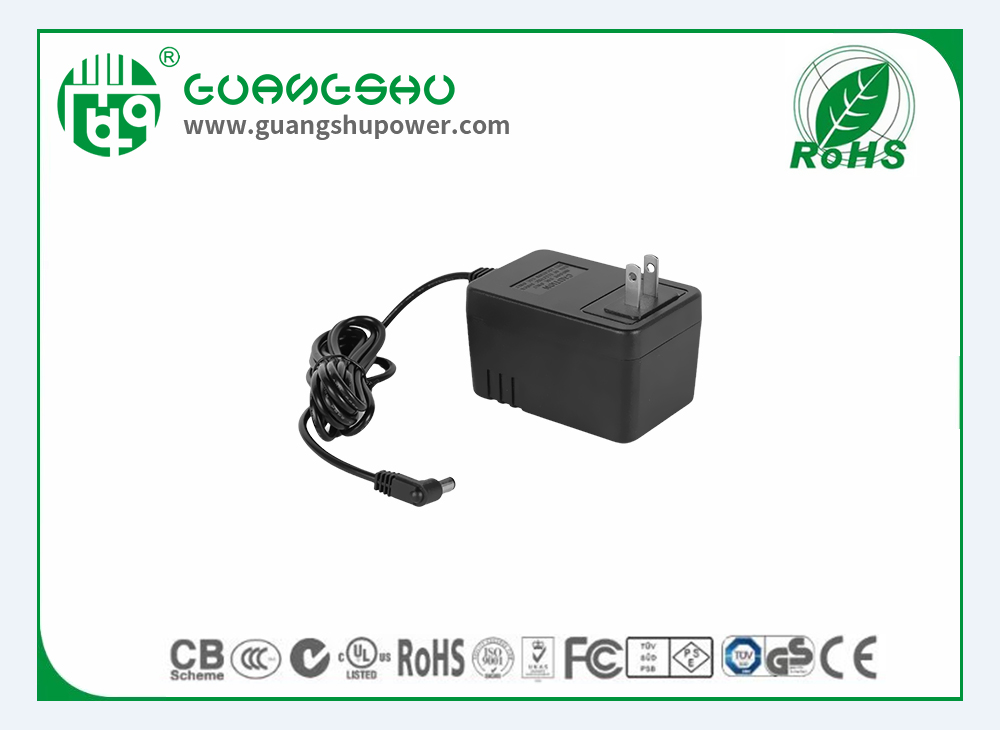Time:2025-07-16 Views:0

The material selection for power chargers and charging cables is crucial as it directly impacts safety, durability, and charging efficiency. For charging cables, the core component is the conductor, commonly made of copper or aluminum. Copper is the preferred choice due to its excellent electrical conductivity, which minimizes power loss during transmission. Oxygen-free copper (OFC) is especially popular in high-quality cables, as it reduces resistance further and enhances signal integrity. Aluminum is cheaper and lighter, but its conductivity is only about 60% of copper’s, resulting in higher power losses and potential overheating.
The insulation layer surrounding the conductor is equally important. Polyvinyl chloride (PVC) is a traditional insulation material, known for its affordability and ease of processing. However, it is less flexible and may release harmful substances when burned. Thermoplastic elastomer (TPE) and thermoplastic polyurethane (TPU) have become increasingly popular alternatives. TPE offers excellent flexibility, durability, and resistance to abrasion, while TPU is even more robust, with superior tear resistance and heat resistance, making it suitable for heavy-duty applications.
For the outer jacket of charging cables, materials like nylon braid are favored for their high tensile strength and tangle - resistance. Nylon - braided cables can withstand frequent bending and pulling, extending the cable’s lifespan. In power chargers, the casing material is often made of flame - retardant plastics, such as polycarbonate (PC) or acrylonitrile butadiene styrene (ABS) blends. These materials provide mechanical protection to the internal components while ensuring safety by preventing the spread of fire in case of overheating or electrical faults. Additionally, the internal circuit boards in chargers use fiberglass - reinforced epoxy resin (FR - 4) as the substrate, which offers good electrical insulation and mechanical strength.
Read recommendations: